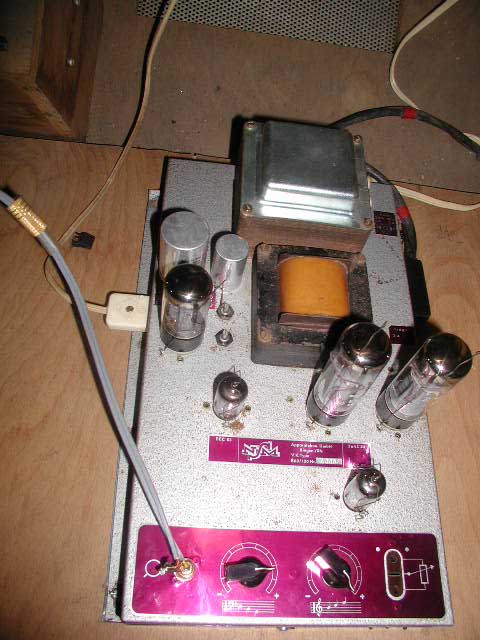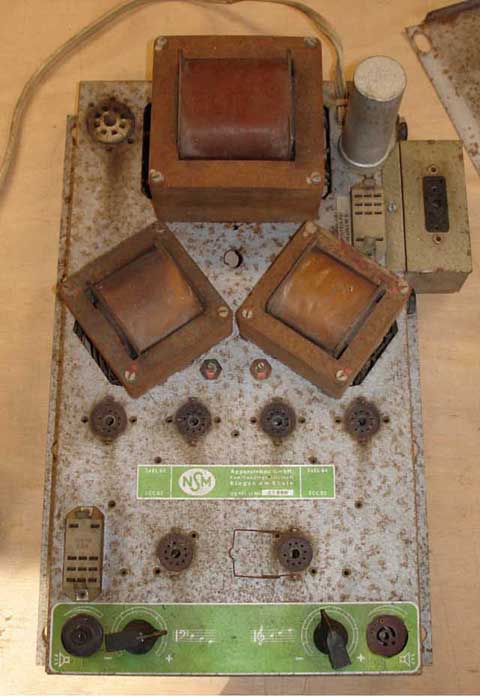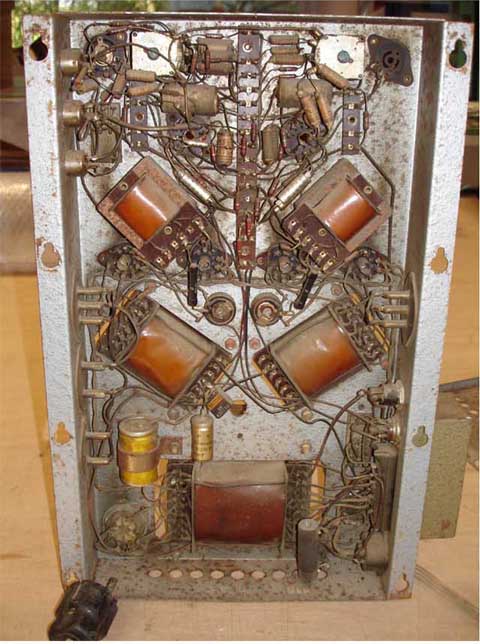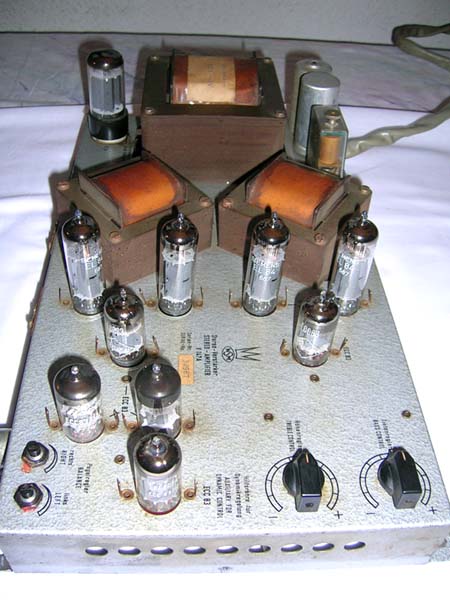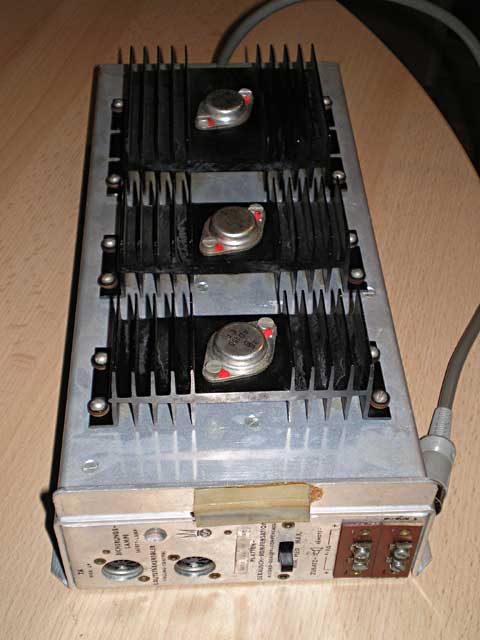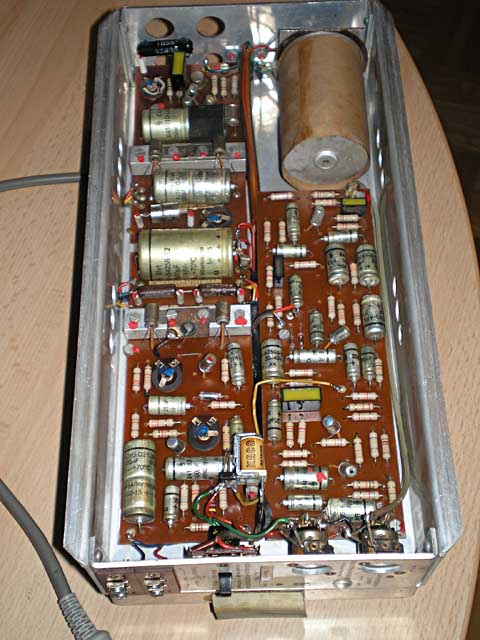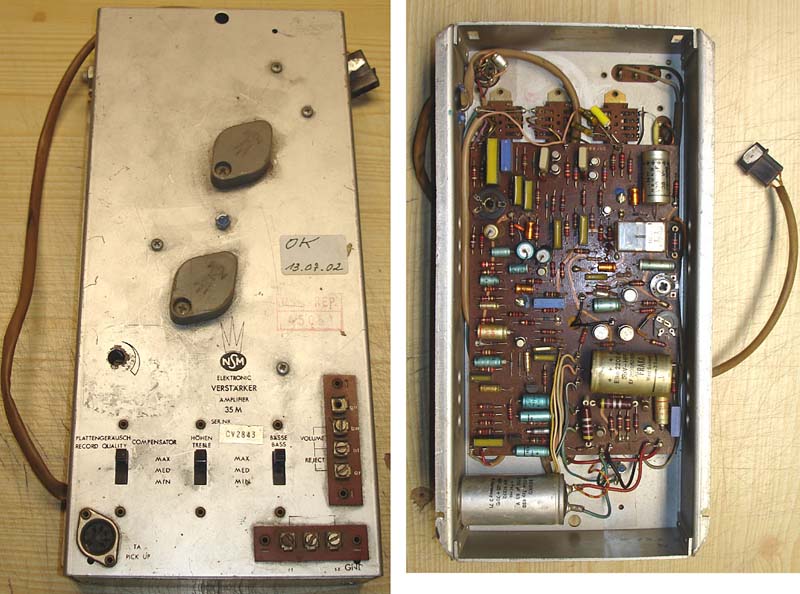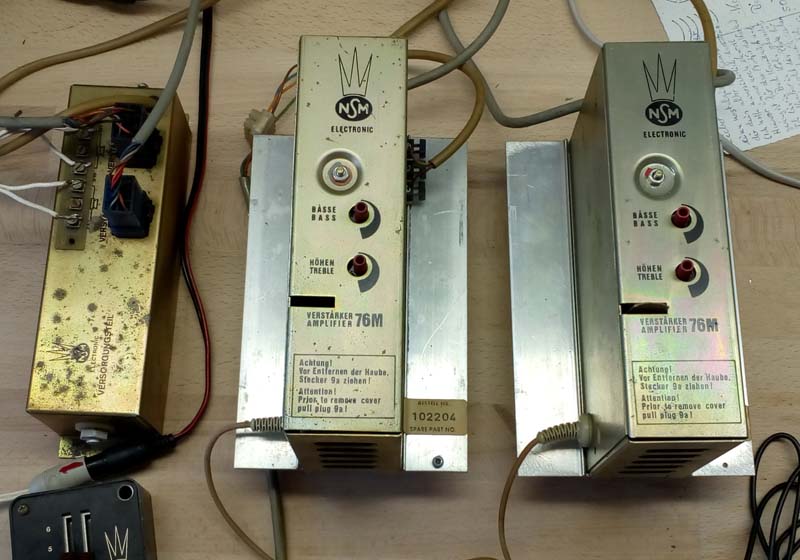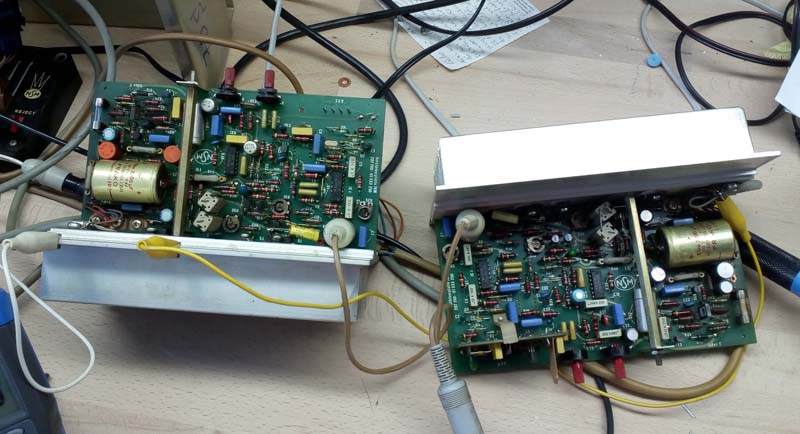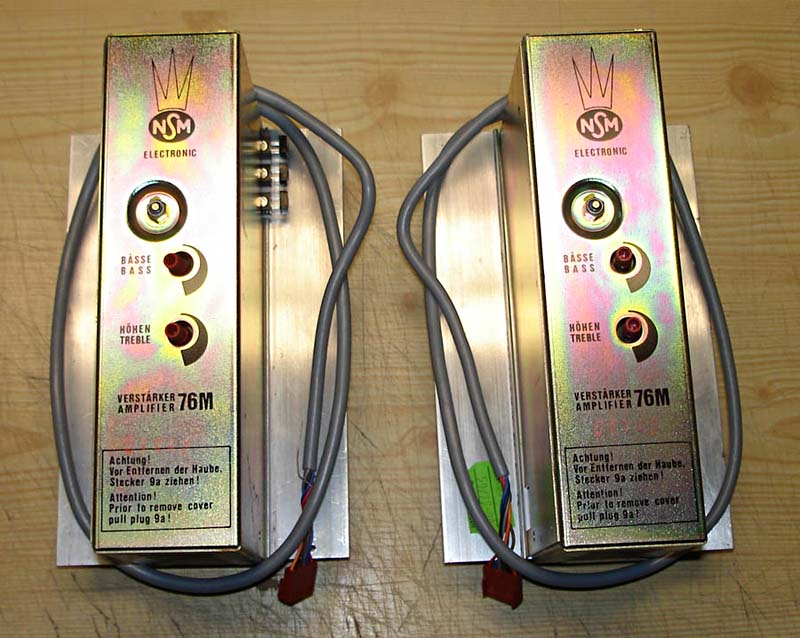Verstärker VK 201
– Sorry, no photo yet –
|
Tonsystem : Merula SK451 |
Cartridge: Merula SK451 |
Verstärker B60/100
|
Tonsystem : Merula SK451 |
Cartridge: Merula SK451 |
Verstärker VK101
|
Tonsystem : Elac KST103 |
Cartridge: Elac KST103 |
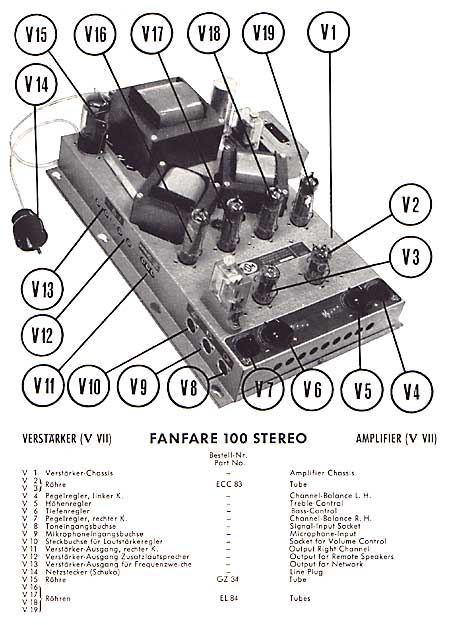
|
|
|
Verstärker VK82 und Pegelregler VZK2 (Dynamikregler, AVC)
|
Für Fanfare Silber, Minibox, Consul |
For Fanfare Silber, Minibox, Consul
100 |
Fotos: Lars V.
Verstärker VK82 Amplifier
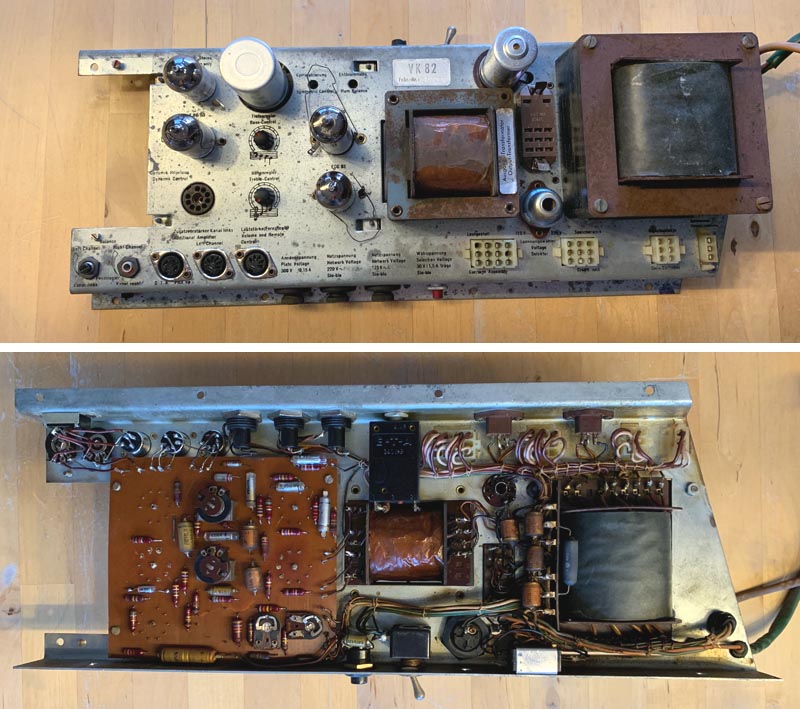
Pegelregler VZK2 (Dyamikregler) -
AVC
Röhre - Valve: ECC 83
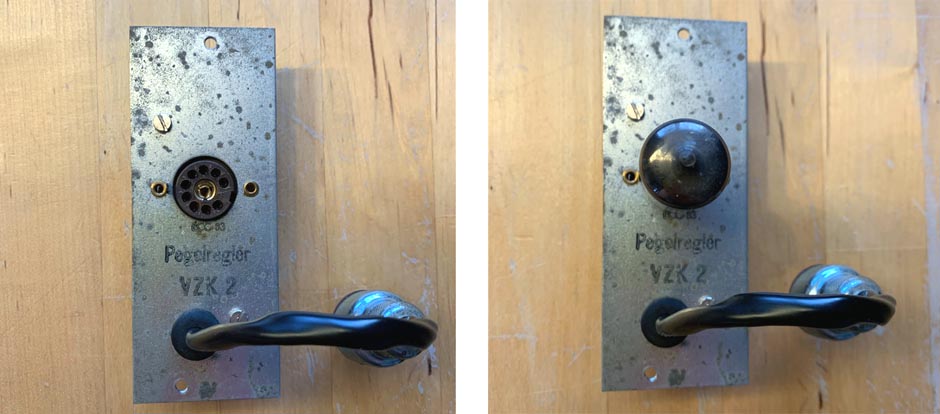
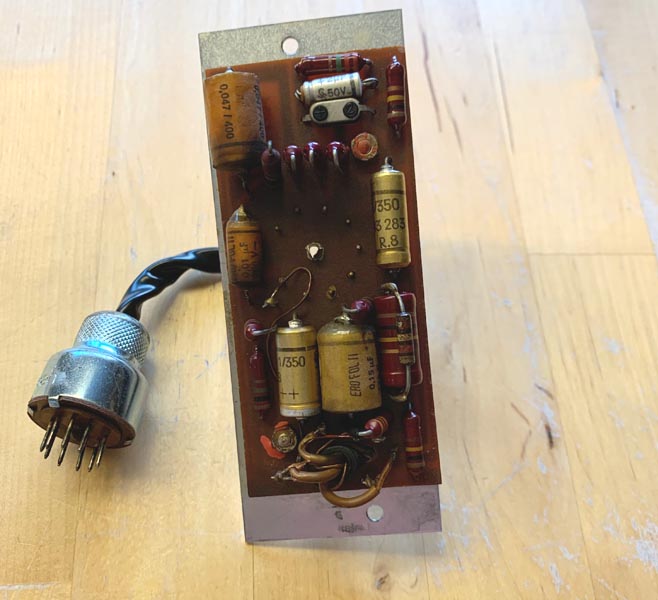
Verstärker VK82S
– Sorry, no photo yet –
|
Zusatzverstärker für linken Kanal für stereo |
Extra amplifier for left channel for stereo |
|
Für Serenade Stereo Magic bis 41000 |
For NSM
Serenade Stereo Magic up to 41000 |
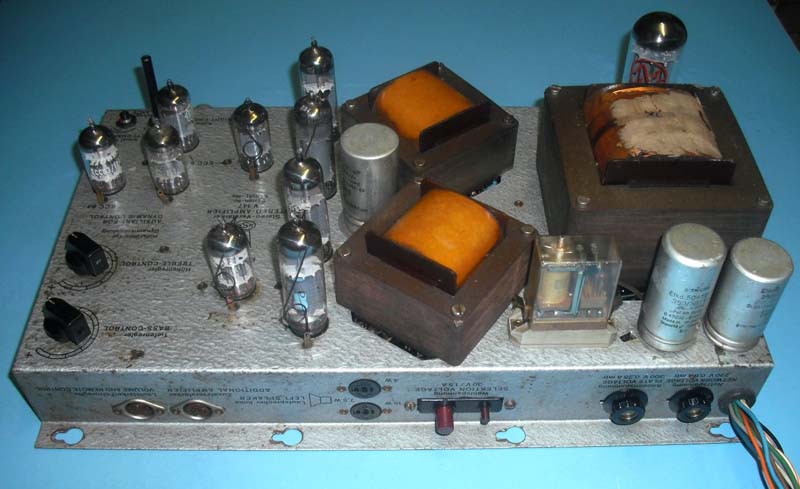
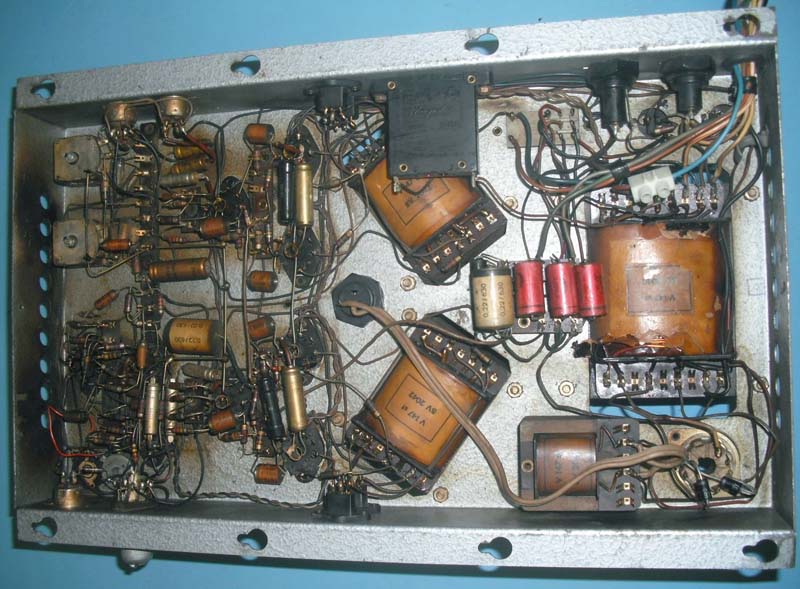
|
|
Für Serenade Stereo Magic ab # 41001
Anschluß für Fernregler V 149, Dynamikregler
V 148 Tonsystem: Schumann Merula DB200 |
|
For NSM Serenade Stereo
Magic from 41001 an up With connection for remote volume control V149, dynamic control V148 Modified muting starting with #41743 Cartridge: Schumann Merula DB200 |
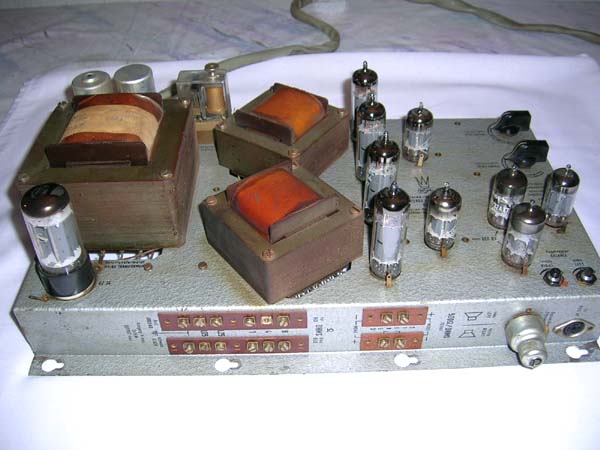
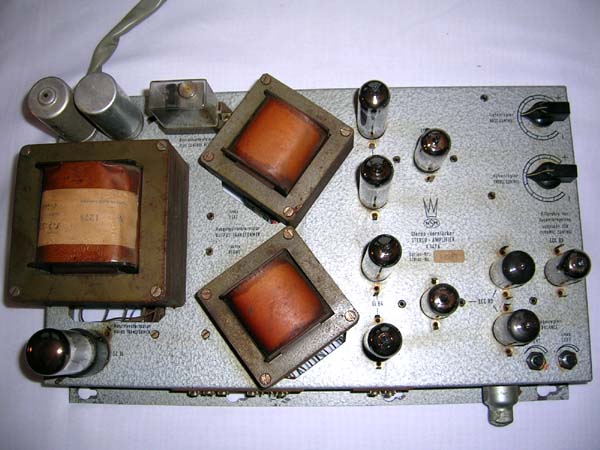
Verstärker 20M
| Fotos: Joachim G. | |
|
Tonsystem Schumann
Merula DB102 (mono) oder DB200 (stereo) |
Cartridge Schumann Merula DB102 (mono) or DB200 (stereo) |
Verstärker 35M
|
Für Mono-Versionen NSM Prestige 120, Consul 120, Hit
120, Consul 120A, Prestige 120A, Hit 120A, Prestige 120B |
For mono versions NSM Prestige 120,
Consul 120, Hit 120, Consul 120A, Prestige 120A, Hit 120A, Prestige 120B |
Amplifier 70S
|
Für Stereo-Versionen NSM Prestige 120, Consul 120,
Consul 120A, |
For stereo versions NSM Prestige 120,
Consul 120, Consul 120A, |
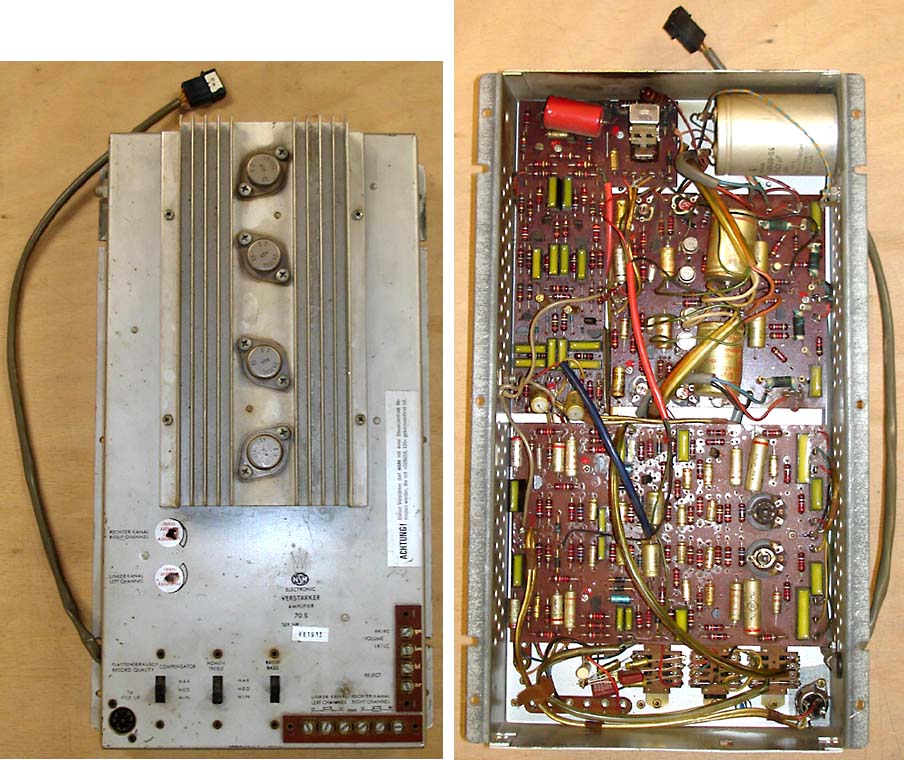
Wenn ich bei meiner Prestige 120B, Verstärker 70S, eine Platte wähle und der Laufwagen sich in Bewegung setzt, macht er über den Lautsprecher ein Geräusch, als wenn Bauarbeiter die Strasse aufreißen würden. Wenn die Platte spielt, ist das Geräusch weg. Sobald sich das Laufwerk aber wieder in Bewegung setzt, ist der Krach wieder da. Mir wurde gesagt, das eventuell das Stummschaltrelais defekt ist. Aber wo sitzt das Relais?
Antwort: das Stummrelais befindet sich direkt im Verstärker 70S. Wenn es
nicht anzieht, ist meistens der darüber befindliche Widerstand R76 (1k) defekt
und muss durch einen mit höherer Leistung (2W) ausgetauscht werden.
Darüber hinaus Relais vorsichtig! reinigen, und darauf achten, dass beim
Abziehen der Schutzkappe die Platine nicht bricht (Schwachstelle)!
When I select a record in my Prestige
120B, amplifier 70S, and the carriage starts moving, it makes a noise over the
speaker as if construction workers were tearing up the road. When the record
plays, the noise is gone. But as soon as the carriage starts moving again, the
noise is back.
I was told that maybe the mute relay is defective. But where is the relay
located?
Answer: The mute relay is
located directly in the amplifier 70S. If it does not attract, usually the
resistor R76 (1k) above it is defective and must be replaced with one of higher
power (2W).
In addition, clean the relay carefully and make sure that the circuit board does
not break when removing the protection cap (weak point)!
|
Problem: Der Verstärker 70S rauscht während des Abspielens. Mögliche Ursache: Leitungen liegen ungünstig Abhife: Beide Isolierschläuche mit den Leitungen sw, gb und swws, rt (zwischen der Leiterplatte LPIIS und dem Baßregelschalter) müssend entsprechend folgender Skizze (Fig. 1) verlegt sein. Sie dürfen nicht oberhalb des Abschirmbleches verlaufen. |
Problem: The amplifier 70S makes noise while playing. Possible cause: Lines are located unfavorably. Remidy: Both insulating tubes with the lines sw (black), gb (yellow) and swws (black-white), rt (red) - between the LPIIS circuit board and the bass control switch - must be routed according to the following picture (Fig. 1). They must not run above the shielding plate. |
Fig. 1
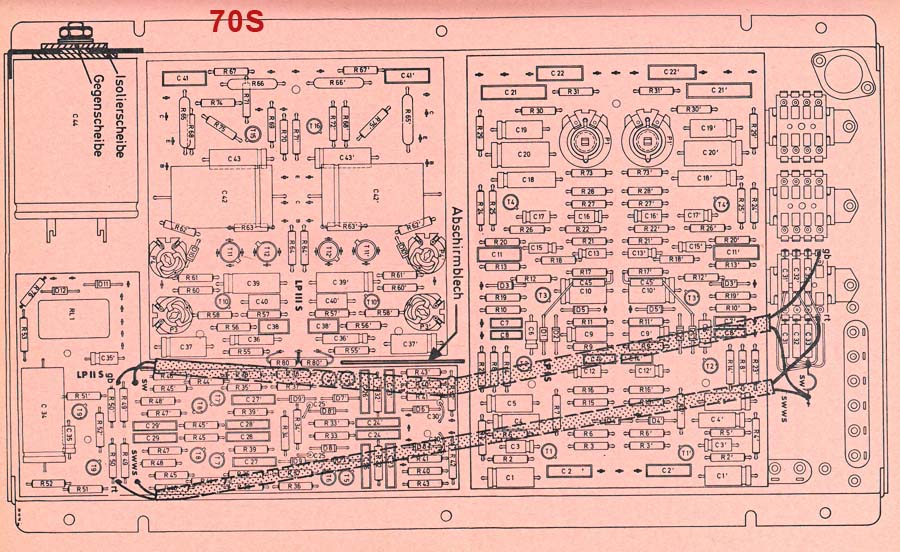
Mögliche Ursache: Minuspol von C44 (5000µF / 70V) hat Gehäuseschluß.
Abhife: Kondensator C44 durch Isolierscheibe und Isoliergegenscheibe zum Verstärkerchassis isolieren (siehe oben links in vorheriger Abbildung Fig. 1). Hierzu muss die Befestigungsbohrung im Chassis auf 10,5 mm vergrößert werden.
Possible cause: Minus pole of C44 (5000µF / 70V) has short to housing.
Remidy: Isolate capacitor C44
with isolating disc and isolating conter disc to amplifier chassis (compare top
left in upper grafic Fig. 1 ). Therfeore the mounting hole in the chassis needs
to be enlarged to 10.5 mm.
Verstärker 70Sbb - Amplifier - Amplificateur
|
Für Stereo-Versionen NSM Prestige 120, Consul 120,
Consul 120A, |
For mono versions NSM Prestige 120,
Consul 120, Consul 120A, |
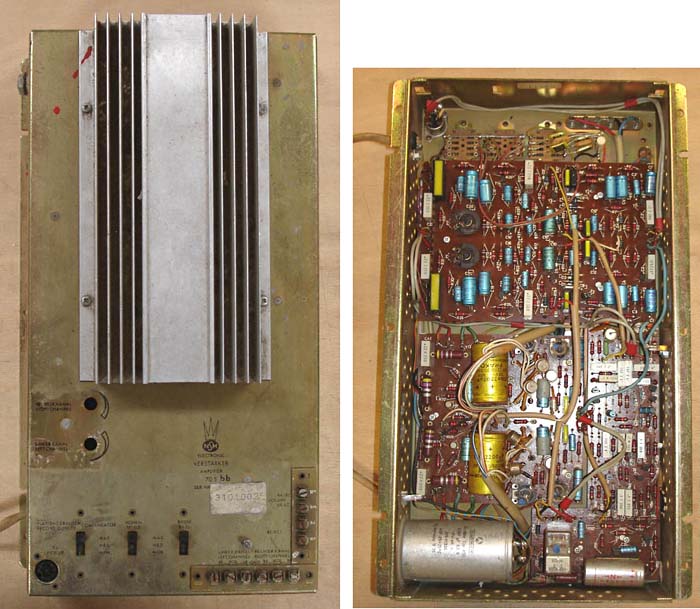
Photo 50M: Michael B.
|
Keramik-Tonsystem Schumann Merula DB200 (stereo), DB102 (mono) oder Magnet-Tonsystem Shure 17CM |
Ceramic cartridge Schumann Merula DB200
(stereo), DB102 (mono), or |
Photos courtesy of Luc
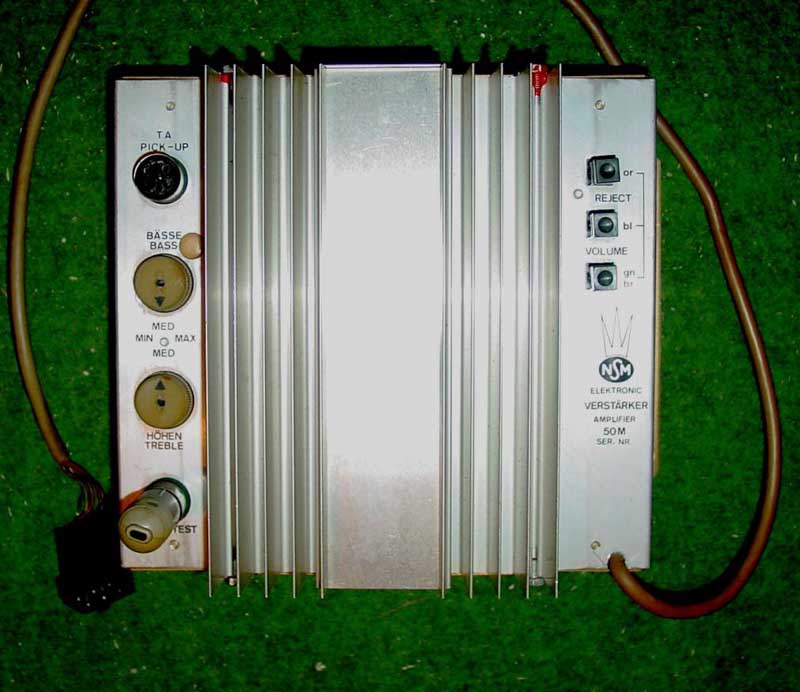
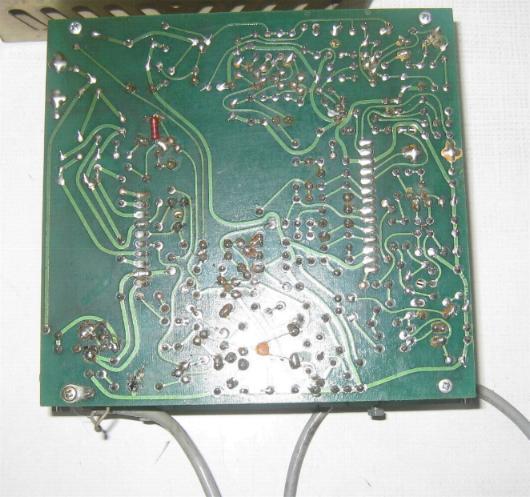 |
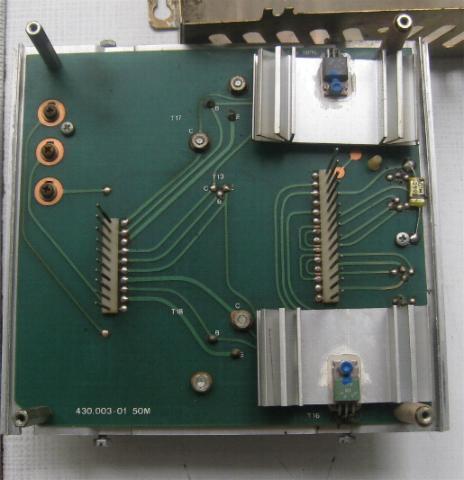 |
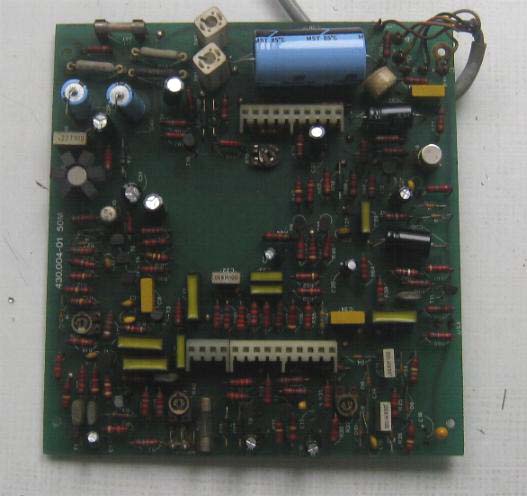
|
Technische Veränderungen des 50M im Laufe der Jahre - Technical changes of 50M within the years |
||
|
3/1973 - 4/1973: C9: 10 µF C11: 4,7 µF C13: 0,22 µF R16: 180k R51: 180k R99: 3,3k R100: ./. R101: ./. |
6/1973 - 2/1974: C9: 10 µF C11: 4,7 µF C13: 0,22 µF R16: 180k R51: 180k R99: 18k R100: ./. R101: ./. |
5/1974: C9: 47 µF C11: ersetzt mit R101 / replaced by R101 C13: 0,068 µF R16: 56k R51: 56k R99: 18k R100: 10k R101: 56k |
|
Verstärker 50M: Abgleich |
Amplifier 50M: Matching |
|
|
Hinweis: An
Verstärkern sollte nur gearbeitet werden, wenn die nötigen
Kenntnisse und die erforderliche technische Ausstattung
vorhanden sind. Ansonsten sollte man diese Arbeiten einem
Fachmann überlassen. |
Note: One should
only work on amplifiers if the the necessary knowledge and
technical equipment is given. Otherwise, this work should be
done by a professional technician. |
Verstärker 52M
|
Tonsystem: Shure 17CM
Kann ich den Verstärker 52M in eine Consul
120 einbauen?
Hinweis zum Poti: In den Schaltplänen ist
immer 25k lin angegeben. Für alle NSM Verstärker von 50M bis
ES-II gilt als Regler jedoch 100k WU. |
Cartridge: Shure 17CM
Can I use the amplifier 52M in a Consul
120?
Note: In the schematics the pot is
given with 25k lin. However, for all NSM amplifiers from 50M to ES-II the volume
control is 100k WU. |
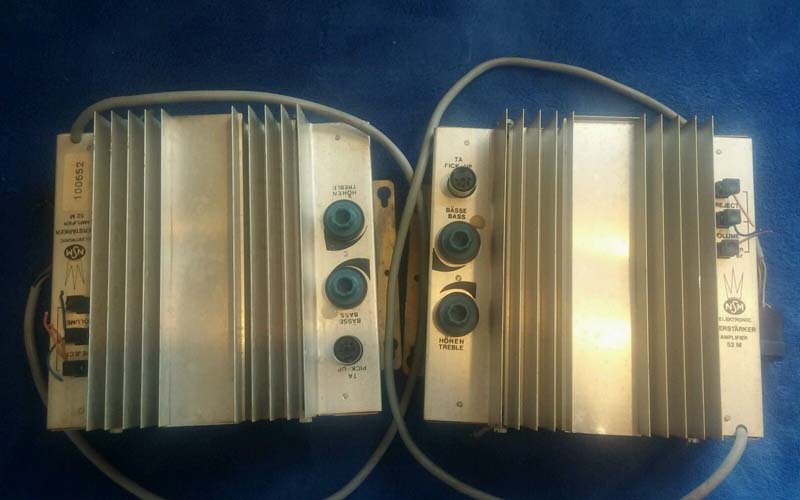
Photos
courtesy of
Flamingo Records
Verstärker 76M
|
Tonsystem: Shure 17CM Die Verstärker 76M und
76M electronic (E76M) sind bis auf den Anschlussstecker gleich. 76M =
rund. E76M = flach, eckig |
Cartridge: Shure 17CM
The 76M and 76M electronic (E76M) amplifiers
are the same except for the connector plug. 76M = round.
E76M = flat, square |
Fotos: kaiCGN
Verstärker E76M (electronic)
|
Tonsystem: Shure 17CM Die Verstärker 76M und
76M electronic (E76M) sind bis auf den Anschlussstecker gleich. 76M =
rund. E76M = flach, eckig |
Cartridge: Shure 17CM
The 76M and 76M electronic (E76M) amplifiers
are the same except for the connector plug. 76M = round.
E76M = flat, square |
Verstärker 216864
Photo
courtesy of
Flamingo Records
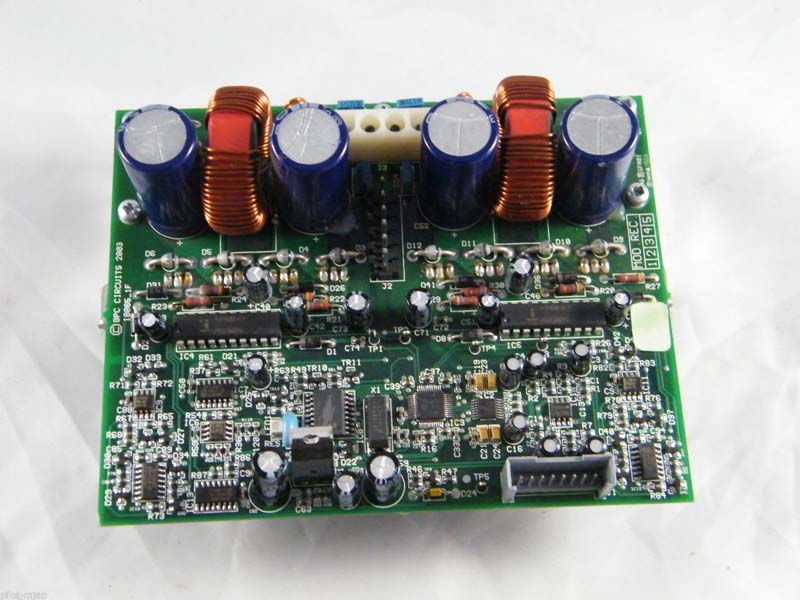
Einstellung der Lautstärke ES III Technik
Einstellungen des Tons bei Wandboxen mit ES IV Technik
Frage: Wo kann man bei einer NSM Firebird - ES IV Technik - die Toneinstellung vornehmen?
Antwort: Hinter dem Blätterwerk sitzt links der Rechner, abgedeckt mit einer klaren Plexischeibe. Unter dem Rechner sitzen Netzteil und Vorverstärker mit den Reglern (rote Drehregler). Sofern das Alublech darauf noch vorhanden ist, steht darauf genau beschrieben, welcher Regler wofür zuständig ist.
Answer: Behind the title pages there is the
computer on the left, covered with a clear perspex screen. Below this
computer you'll find the power supply and preamplifier with the control
knobs (red knobs).
If the aluminum sheet is still mounted, it describes exactly which knob
is responsible for which adjustment.
Ruhestrom: Einstellung Verstärker ESIV
|
|
 |
Die Angaben haben keinen
Anspruch auf Vollständigkeit oder Richtigkeit.
Bei den (importierten) Boxen können im Laufe der Jahre durchaus
Veränderungen vorgenommen worden sein. Copyright.
Ein Service von

Copyright by
Stamann Musikboxen
